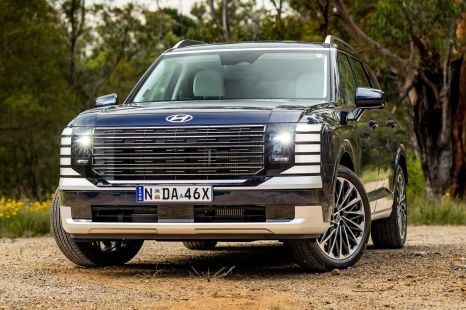

Matt Campbell
2026 Hyundai Palisade Calligraphy Hybrid AWD review
1 Day Ago
Guest User
My dashboard
Senior Contributor
A combination of high demand and restricted supply means the new Lexus LX, essentially Japan’s Range Rover, will launch with an expected wait list of at least 12 months.
Factory allocation from Japan to Australia for the rest of 2022 will amount to around 50 units per month, with 2023’s production numbers still up in the air.
Based on the number of people who’ve already placed an order, this means anyone looking to buy now will be waiting a year or more for their vehicle.
That is, of course, unless global supply constraints stemming from semiconductor shortages to COVID shutdowns relent, and allow Lexus to produce greater volumes for world markets.
While dealing in higher volumes, similar degrees of supply constraints apply to Lexus’s parent Toyota, which is also struggling to match LandCruiser 300 Series demand with reduced supply.
MORE: Toyota Australia reviewing LandCruiser 300 price gouging concerns
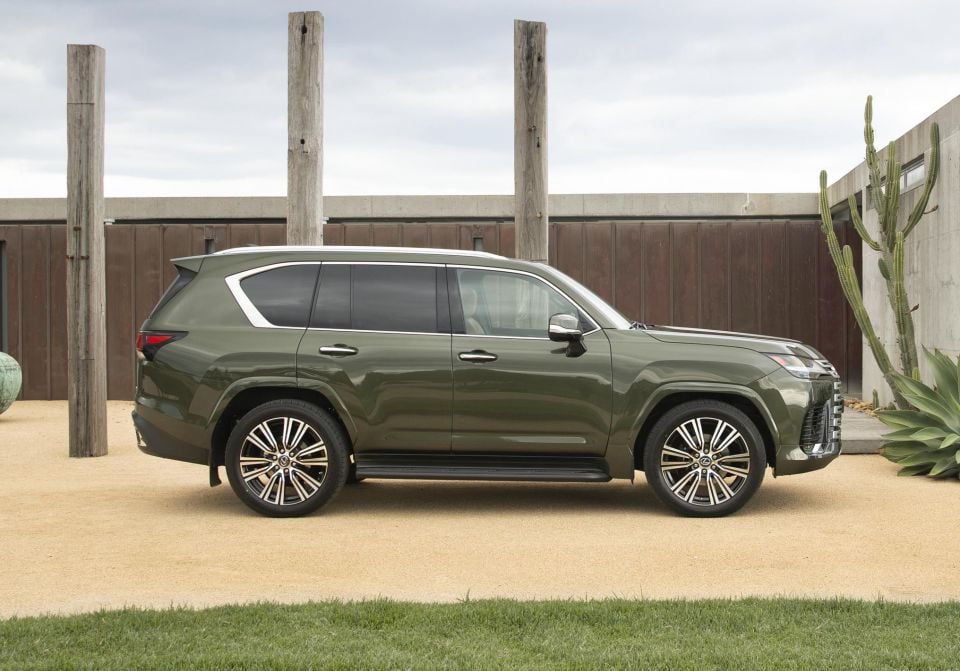
The all-new Lexus LX flagship SUV, unlike its Toyota LandCruiser twin, is available with both petrol and diesel powertrains in Australia.
It’s the first full-model change in 14 years, cited as a key reason for the high demand.
The range comprises a new base seven-seat variant with both engine options, a five-seat Sports Luxury, a five-seat F Sport, and a four-seat Ultra Luxury – the lattermost being only available with the smoother petrol engine.
Lexus said it had sold more of the highest-end variants than expected, giving it what the industry would call a ‘richer mix’.
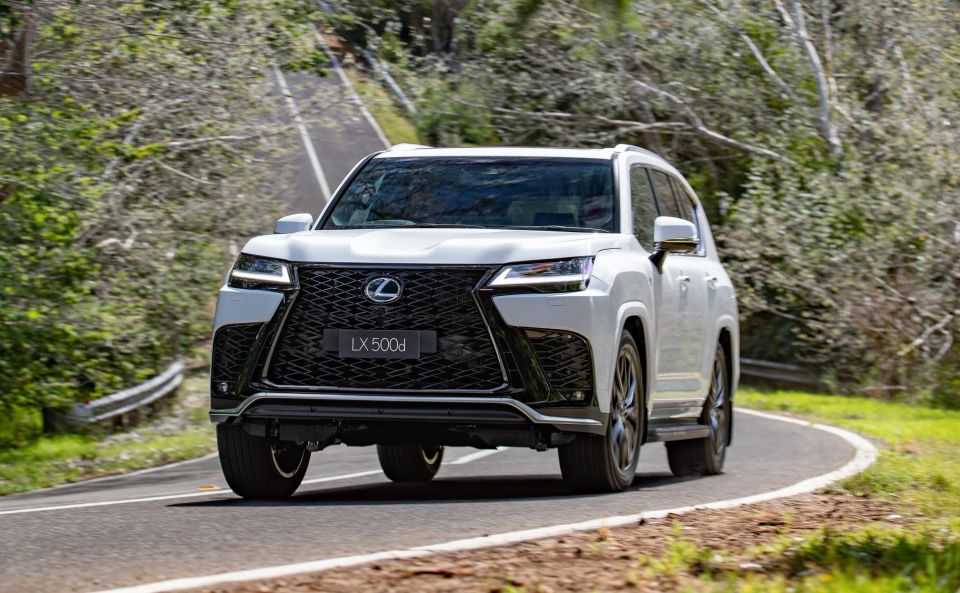
More than half the orders are for the top end four- and five-seaters rather than the entry point with seven seats. The new Ultra Luxury four-seat limo alternative is running at more than 10 per cent, the new F Sport at almost 25 per cent, and the Sports Luxury close to 20 per cent.
Even those buying the ‘base’ grade are, in the overwhelming majority of cases, shelling out an extra $5500 for the Enhancement Package.
The LX500d models use the LandCruiser’s 3.3-litre twin-turbo V6 diesel making 227kW and 700Nm, while the $3500 more expensive LX600 range uses a 3.5-litre twin-turbo V6 petrol with 305kW and 650Nm – up 35kW and 120Nm on the old 5.7-litre V8.
Both LX500d and LX600 powertrains use a full-time all-wheel-drive system, with power channelled through a 10-speed automatic transmission with a low-range transfer case.

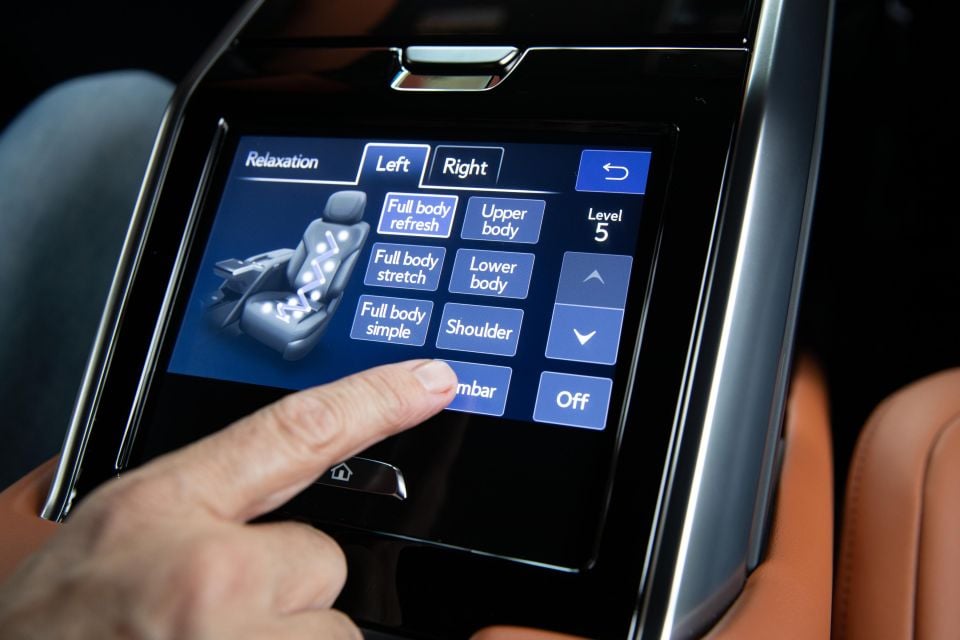
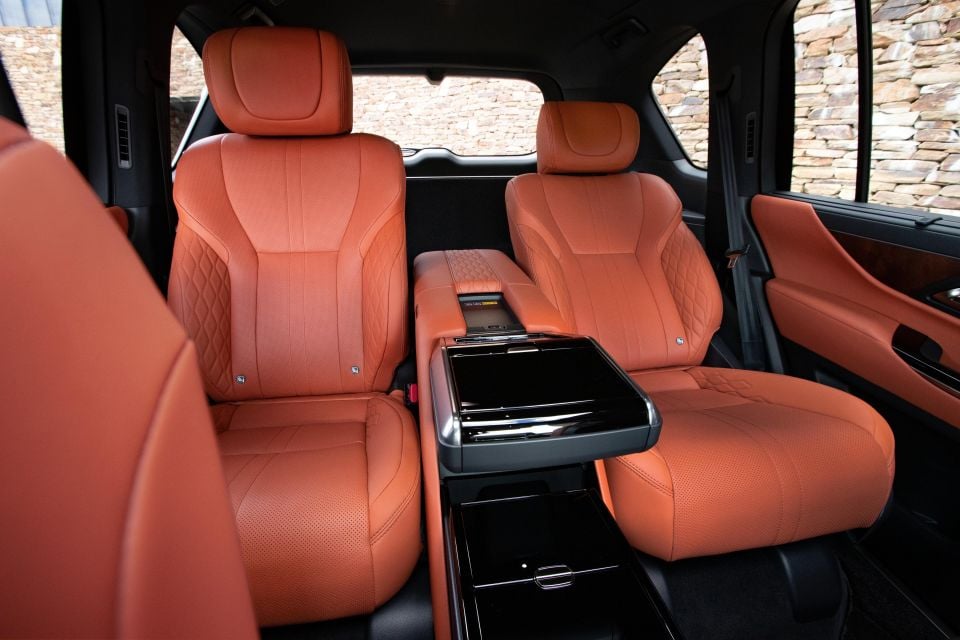
With a starting price of $148,800 before on-road costs, the Lexus’s entry point is $10,000 greater than the flagship LandCruiser Sahara ZX using the same engine, and tops out at $210,800 before on-roads.
By contrast, the outgoing LX range kicked off at $137,513 and topped out at $168,644 before on-roads.
Where expert car reviews meet expert car buying – CarExpert gives you trusted advice, personalised service and real savings on your next new car.


Matt Campbell
1 Day Ago
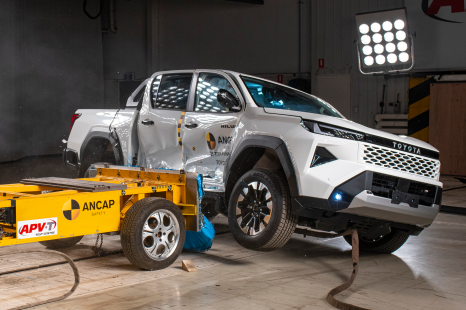

William Stopford
7 Days Ago
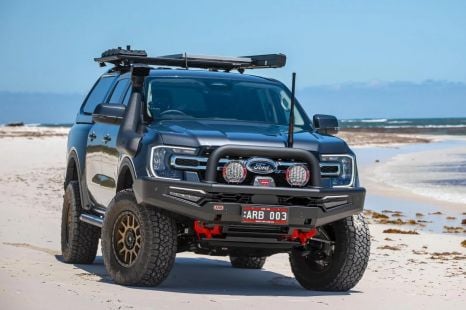

William Stopford
7 Days Ago


Ben Zachariah
9 Days Ago
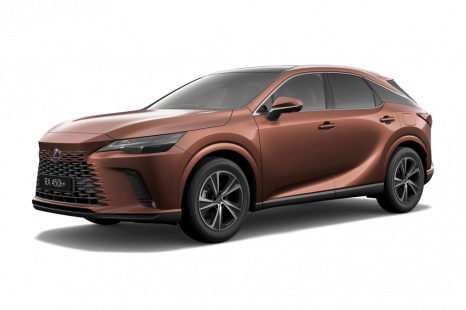

William Stopford
12 Days Ago


William Stopford
15 Days Ago